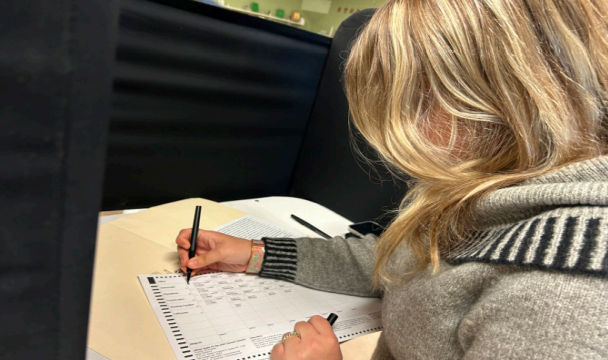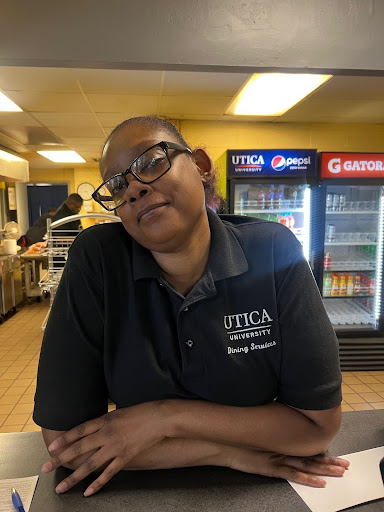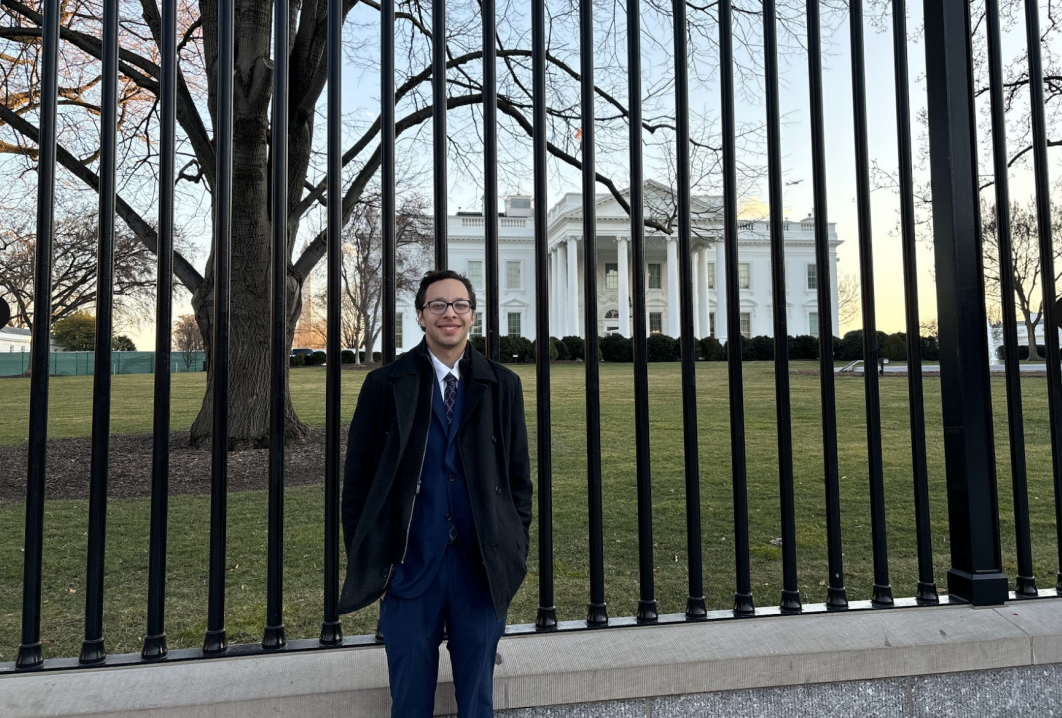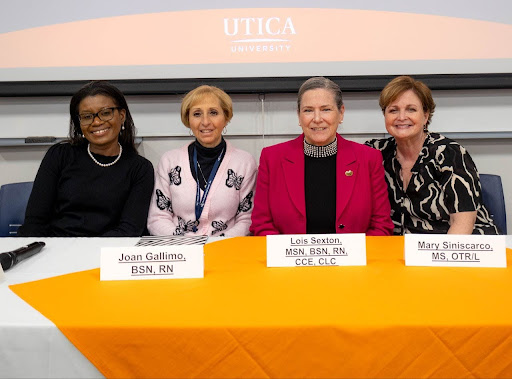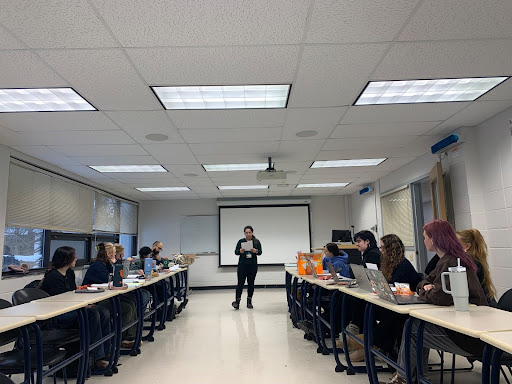Amajla Tricic, Assistant News Editor
Last week, Utica College announced it will reopen its accelerated Teacher Certification Program this summer in response to the nationwide teacher shortage.
The program will benefit student teachers by providing a fast track to certification, in turn supplying more teachers to fill unassigned teaching positions in schools that are struggling to find educators in areas such as math, history, science, English and foreign language.
The college plans to keep the program past the 2018 calendar year as long as there is a demand for teachers. The deadline for applications is Feb. 15, and applicants will be selected in May.
The requirements for the program includes having a 3.0 GPA and a major or minor equivalent in the subject a student teacher is looking to earn a certification in. If a student does not meet these requirements, John Rowe, executive director of graduate admissions, will look at emailed copies of student transcripts in order to determine what must be done to meet the requirements.
“This is a great opportunity for you to get a ‘fast-track’ New York State teaching certification,” Rowe said. “Utica College is the only program between Rochester and the Hudson Valley that offers the Apprenticeship Transitional B program and the only college to offer the majority of secondary certifications.”
Kyle Riecker, an administrative assistant in the Office of Educator Preparation and the layout editor for The Tangerine, said that the program has seen a spike in enrollment and program interest within the last year.
“The MS-Adolescence Apprenticeship accelerated teacher preparation program that we are currently accepting applications for fast tracks teacher candidates and bypasses many of the troublesome requirements that keep many bright and capable potential teachers waiting in limbo for certification and jobs for months, if not years.” Riecker said.
Riecker added that with the program, many will be certified and teaching in classrooms by this fall.
Kathleen Cullen, interim department chair and director of the Adolescence Education Apprenticeship Program, feels that the teacher preparation program is a win for everyone involved.
“School districts win because they can staff classrooms with aspiring teachers who have been vetted for quality by an advisory group made up of school district personnel and university faculty prior to employment,” Cullen said. “Teacher candidates win because they get to fulfill their dream of becoming a classroom teacher while being supported over a three year period by a school principal, a trained school-based mentor, a university supervisor, and a cohort of peers. Utica College wins because it is able to respond to local teacher shortages by providing quality teacher candidates to fill vacancies in high need content areas.”
The issues that had school districts eager for UC to bring back the program stemmed from budget cuts and New York State required tests.
P-12 School Liaison and Placement Coordinator Richard Moon discussed the events that occurred, which he refers to as “the perfect storm.”
“Number one, New York State made it a lot more difficult to get certified,” Moon said. “New tests, and new assessments which is a lot more expensive because those tests cost money to take and if you do not pass it the first time you take it again. So it was one factor in the enrollment of the program decreasing.”
Due to tight budgets and school districts cutting positions along with positions not being filled after a retirement, job availability was low.
“Enrollment dropped in New York State, not just here, it dropped everywhere,” he said. “The statistic I hear is in the past two years enrollment in NYS Teacher Prep Program, that included SUNYs, CUNYs and private schools, is down 50 percent. The other thing that happened is that districts started to get more aid and they got to the point where they couldn’t cut anymore positions so they had to fill positions. So you started to see in the last few years job opportunities increase. There was an increase in demand and a severe decrease in supply.”
Both Riecker and Moon recalled the number of calls the office received regarding positions that need to be filled.
“I probably get half a dozen calls a week asking if we have a math teacher, asking if we have a science teacher — we don’t,” Moon said.
Moon explained that the program had ran a few years ago but died out due to limited jobs. Oneida-Herkimer-Madison BOCES approached the UC regarding the teacher shortage and the need for the program to be restored. Moon noticed that many of these individuals were those who had yet to get a job in over four to five years, even with a bachelor’s degree.
“They went into insurance or they went into private sectors, whatever it is they are doing,” he said. “Now they still have a desire to teach so they are gonna come back to this program.”
Applicants will receive a nine-hour, intensive crash course twice a week during the summer. Although many graduated with content knowledge in their degree, some will not know how to apply them in a teaching environment, which is the purpose of the crash course.
“Say they get hired by Utica, Whitesboro, whomever, to teach math,” Moon said,” They are not certified yet, but with this program the state says ‘Okay, you take the nine hour in the summer, you get a job, you start to teach.’ They obviously have to do a good job, and they have five required courses to get certified.”
Moon said some of the New York State tests will be exempt when a person joins the program — the portfolio assessment is not required for those accepted. He expects to see 20 student teachers in the summer on top of the regular student teaching. For Moon, it is an exciting time as enrollment in his introduction to education course (ED111) has increased.
“It has quadrupled in the last three semesters, and we have gone from one section that has typically 17 students and last spring it had almost 50,” he said. “So we split it into two sections, and we capped them at 25 each in the fall. The spring, which is typically not highly subscribed because people take it in the fall, I’ve got 28 in there now.”
While the enrollment for students is progressing, Moon says the UC’s education department is short-staffed. Currently, there are two people working in the department, and a few have left over couple of years for other positions that needed to be filled.
“Enrollment is exploding, so something has got to give,” he said. “We are working with administration to talk about creating two positions. We need additional staff to make this work.”

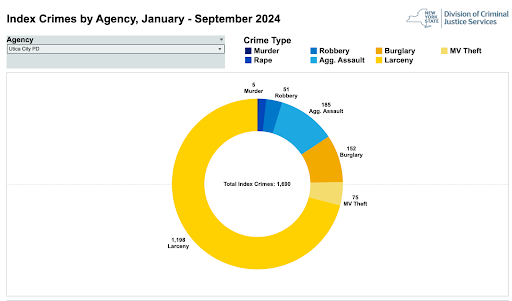




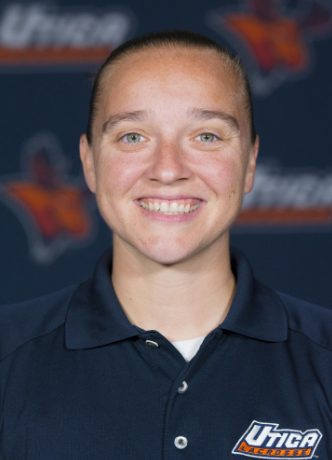








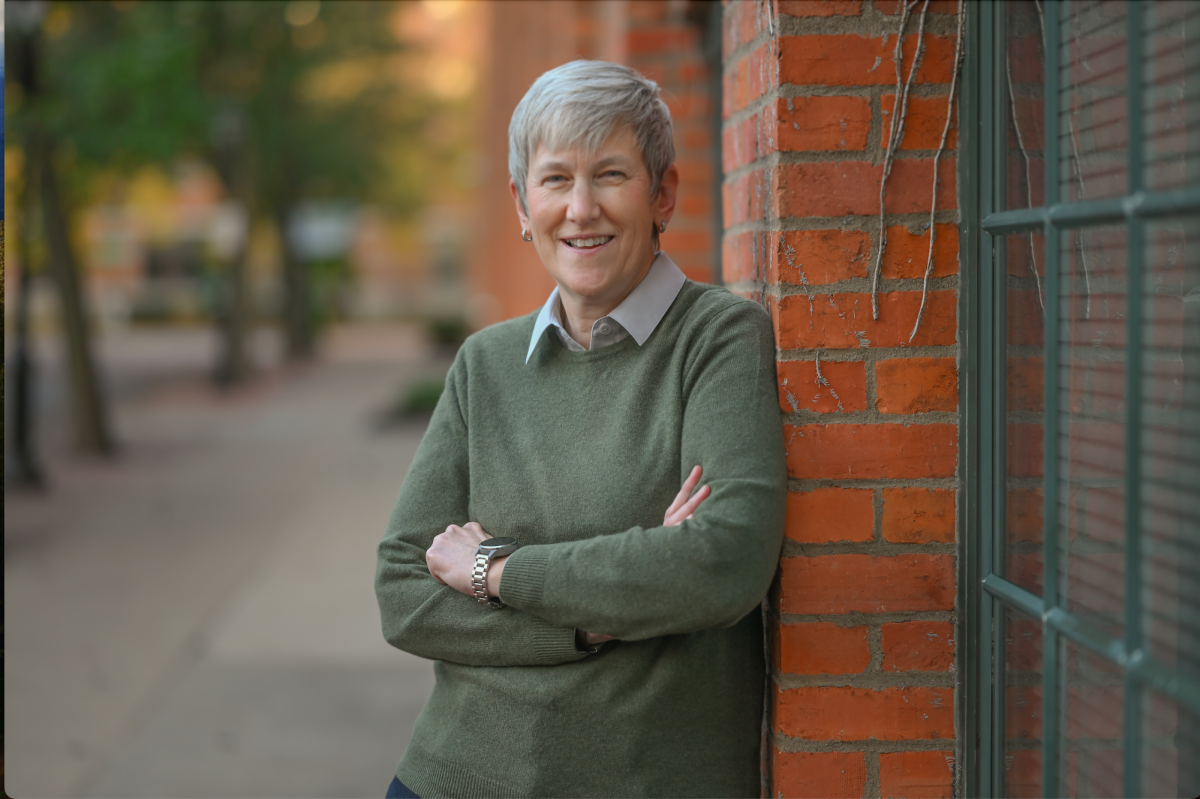


![President Todd Pfannestiel poses with Jeremy Thurston chairperson Board of Trustees [left] and former chairperson Robert Brvenik [right] after accepting the university's institutional charter.](https://uticatangerine.com/wp-content/uploads/2023/10/unnamed.jpeg)

















